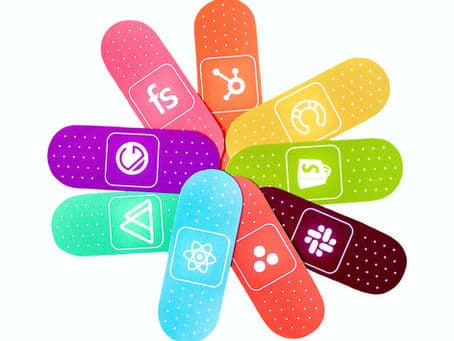Cloud computing has been around for quite a long time. It has evolved considerably over a period of time. Some people debate whether cloud computing is going to be obsolete in the future, while many believe that cloud technology is going to stay for a long time.
I personally believe that cloud technology is not going anywhere. It will be here for a long time and will be a key component in almost every business. A testament to this, Software as a Service, also known as SaaS, is one of the cloud models used by many which is evolving a lot. Along with SaaS, there are two more key models of cloud computing which may be of interest: Infrastructure as a Service and Platform as a Service.
In this article, however, we deal with the SaaS model and understand how it can benefit startups.
What is SaaS?
Software as a Service (SaaS), as the name suggests, is nothing but software applications provided to you as a service. You do not have to worry about development, maintenance or upgrades, servers, databases, platforms, operating systems, or any other stuff related to the software. Generally, these applications are managed using a web client-style browser. This means you do not need to install the software as it resides somewhere remotely and you use it through your browser.
Can it be used as a mobile application?
Does this mean that SaaS cannot be a mobile application?
Not at all.
In fact, SaaS has been adopted in a lot of mobile applications. In this case, you install the application on your mobile yet you do not need to worry about data storage or other infrastructure resources.
Any real-world examples?
The best example of SaaS is Google apps. Let’s consider Gmail, my favourite example of SaaS.
You can use Gmail through a browser on your computer or mobile, or as an application on your mobile. You are using it to send and receive emails. You do not need to worry about data storage, infrastructure, development, upgrades or maintenance as Google takes care of it for you.
The SaaS model is becoming famous in the e-commerce industry. Some examples are Garchi’s white label e-commerce platform, Shopify, etc.
Some advantages and disadvantages.
Now let’s discuss the advantages and disadvantages of the SaaS model for the user.
The main advantages of the SaaS model are reduced development costs, time efficiency, and high scalability. As well as this, SaaS offers the best choice for proof of concept, and accessibility, plus you avoid the hassle of development, maintenance and upgrades.
The main disadvantages of the SaaS model are lack of control, low level of customisation, and performance issues – if the provider has hosted the software on weak cloud infrastructure.
Security is another issue of the SaaS model.
However, I personally believe that these issues have been of the prime importance to legit providers and, if the software is hosted on robust infrastructure, then performance and security can be enhanced.
Pricing model.
So what about the pricing? SaaS models are either open source (free) or have the pricing on a usage basis (pay-as-you-go). You can either pay a monthly or yearly subscription or licence fee or you pay only when you use it.
How can startups use the SaaS model?
The short answer to this would be it totally depends on the business. But, in more depth, the SaaS model can be used by startups to provide a service to the customers, or to automate a variety of business operations. With the added advantages, SaaS applications can be powerful products for your startup. All you need is to have a robust cloud infrastructure or have a robust and trusted cloud service provider.
Several technologies which are used in producing normal software applications can be used to build SaaS applications.
SaaS applications can be used in your business to either automate certain tasks, streamline certain processes, or for certain business activities. A common example is using apps like Skype, Zoom, or Teams for video meetings rather than building your own software product for the same. Another common example would be Mailchimp for email marketing. Not only that, but some SaaS providers have their own APIs which can be easily integrated with your application.
That’s essentially SaaS in a nutshell.
I hope you enjoyed this article and found it useful.
